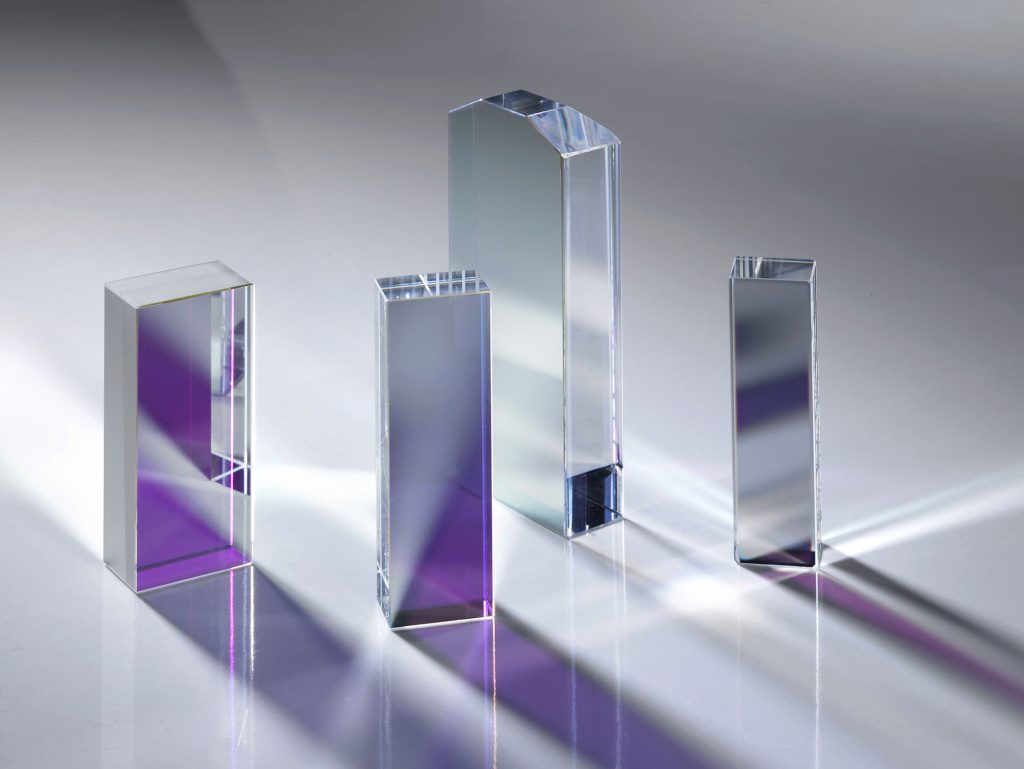Silicon Windows
Silicon Windows Series
FAQs
A silicon window is an optical component made from monocrystalline or polycrystalline silicon, designed for the infrared range (1.2–7 μm), with excellent performance in the near- to mid-infrared (MWIR) region. It features high infrared transmittance, excellent mechanical strength, high thermal conductivity, and is opaque to visible light.
Silicon optical windows are mainly used as protective or detection windows. For example:
-
In infrared thermal imaging systems as temperature measurement windows for industrial equipment (e.g., furnaces, pipelines)
-
In laser technology as pump windows for CO₂ lasers and fiber lasers
-
In spectroscopic analysis as sample chamber windows and gas monitoring windows in FTIR systems
-
In scientific research and medical fields as transmission windows in IR microscopes and laser treatment devices
Optical-grade silicon windows feature ultra-high purity, can be precisely polished, have superior optical uniformity, and support high-quality coatings. They are typically used in laser systems and precision optics.
Standard silicon windows are made from industrial-grade material with impurities, can only be polished to basic quality, have lower uniformity which may cause wavefront distortion, and are suitable for basic coating or uncoated use in industrial sensors and low-cost IR systems.
Compared to Ge, ZnSe, ZnS, and sapphire, silicon is more cost-effective and has better transmission in the mid-infrared range (1–5 μm), along with better thermal dissipation and superior mechanical strength.
However, silicon has limitations: its transmission drops sharply beyond 7 μm, making it unsuitable for long-wave IR systems, and it is opaque to visible light, making it unsuitable for visible-IR combined optical systems.
Yes, we offer full customization for silicon windows:
-
Sizes from 1 mm to 1000 mm in diameter, with custom shapes (square, round, or user-defined profiles)
-
Coating options include AR coatings, high-reflective coatings, and DLC coatings

